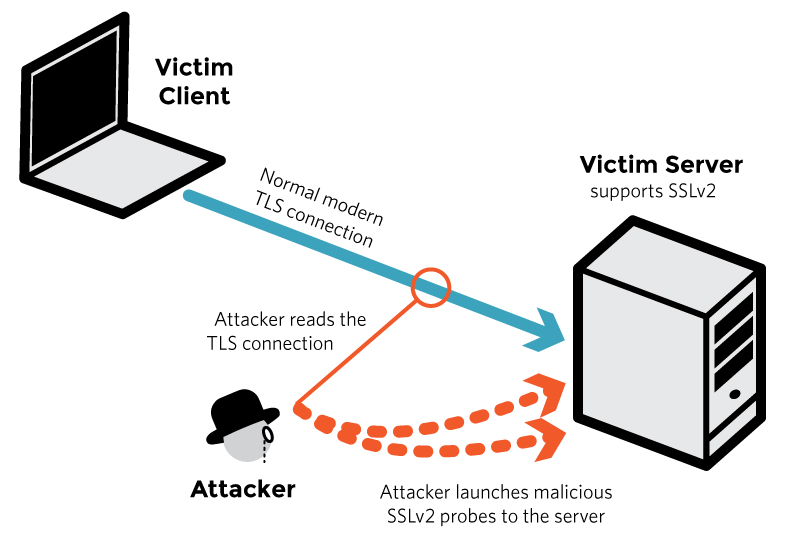In today’s digital epoch, cryptography underpins nearly every online interaction. From sending an innocuous email to executing a sensitive bank transaction, cryptographic techniques ensure the confidentiality, integrity, and authenticity of our data. The ubiquity of these techniques raises an intriguing question: have you used cryptography today? Spoiler alert: you probably have. This article delves into the intricate web of cryptographic applications that pervade our daily routines and highlights their significance in safeguarding our digital lives.
To commence, it is pertinent to delineate the fundamental purpose of cryptography. At its core, cryptography is the science of encoding information to prevent unauthorized access. It transforms data into a format that is unintelligible to anyone who lacks the requisite decryption key. This transformation is vital in protecting sensitive information from prying eyes, thus underpinning modern data security.
One of the most prevalent forms of cryptography in everyday use is symmetric encryption. In this method, the same key is employed for both encryption and decryption. Popular algorithms such as AES (Advanced Encryption Standard) demonstrate this principle effectively. Consider a scenario where you download an application on your smartphone. The data transmitted between your device and the app’s servers is frequently safeguarded by symmetric encryption, ensuring that only authorized parties can access sensitive information, like personal details and payment information.
In contrast, asymmetric encryption employs a pair of keys, one public and one private. The public key is disseminated widely, while the private key is kept secret. This paradigm enables secure communications without the need for a pre-shared key. A quintessential application of asymmetric encryption is in Secure Socket Layer (SSL) protocols, which are employed to secure connections between web browsers and servers. When visiting a website with HTTPS in the URL, you are leveraging asymmetric encryption to cryptographically safeguard your data.
Moreover, consider the multifaceted role of hashing algorithms, such as SHA-256. Hashing differs from encryption in that it generates a unique fixed-size string from input data, functioning in a one-way capacity. Password storage is a prime example; when a user creates an account, their password is not stored in plain text but is instead hashed. When they log in, the system hashes the entered password and compares it to the stored hash. This approach protects user credentials from exposure even if a data breach occurs.
Additionally, contemporary communication applications employ end-to-end encryption (E2EE), a method that ensures data is encrypted on the sender’s device and only decrypted on the receiver’s device. Applications such as Signal and WhatsApp have championed E2EE, which protects messages from interception during transit. This security measure grants users the assurance that their private conversations remain confidential, despite the vulnerabilities of intermediary servers.
Another noteworthy aspect of cryptography is digital signatures, which provide a mechanism for verifying the authenticity of digital messages or documents. By using asymmetric cryptography, senders can sign a document with their private key, creating an assurance of origin and integrity. Upon receipt, recipients can use the sender’s public key to validate the signature. This is crucial in various scenarios, such as when executing contracts or verifying software downloads, ensuring that the software has not been tampered with.
As we traverse the landscape of cryptography, we must acknowledge not only its advantages but also its complexities. The realm of cryptography is not immune to vulnerabilities. Theoretical and practical attacks on cryptographic systems can lead to catastrophic failures. For instance, poor implementations of cryptographic algorithms or inadequate key management practices can significantly diminish the protective mechanisms that cryptography is intended to provide.
Furthermore, as technology evolves, so do the strategies employed by malicious actors. For instance, quantum computing poses a formidable threat to prevailing cryptographic techniques, particularly those relying on the difficulty of factoring large primes. Research is ongoing into quantum-resistant algorithms, as the cryptographic community anticipates this paradigm shift in computational power.
Moreover, the legal and ethical implications surrounding cryptography cannot be overlooked. Governments often seek to regulate encryption, raising concerns over privacy and freedom of speech. The intersection of national security and individual privacy engenders a complex dialogue, as encryption is both a shield for civil liberties and a potential tool for illicit activities.
In conclusion, the question posed at the outset serves as a reminder of the pervasive nature of cryptography in our daily lives. From securing personal communications to protecting sensitive financial information, cryptographic techniques are integral to the digital framework in which we operate. The complexity and sophistication of these cryptographic methods highlight the necessity of staying informed about our digital security practices. Engaging with, and understanding, the very mechanisms that protect our data can empower individuals and organizations to navigate the digital landscape with greater confidence. As we move forward into an increasingly interconnected world, the relevance of cryptography will continue to grow, necessitating a steadfast commitment to advancements in security and awareness.








Leave a Comment